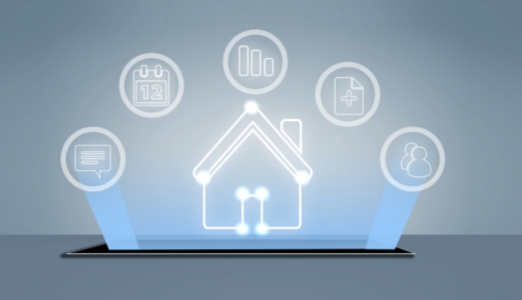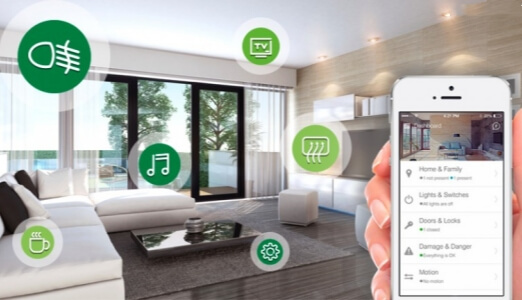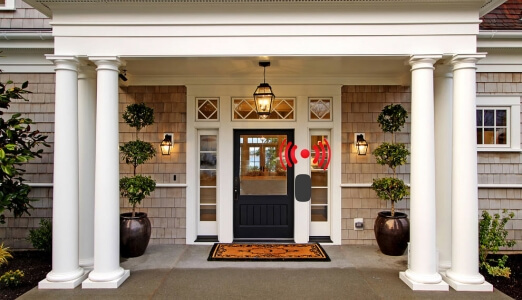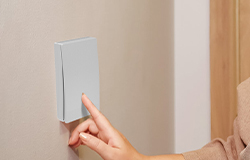With the continuous development of science and technology, smart homes have gradually integrated into our daily lives, bringing us a more convenient and comfortable living experience. In this vast field of smart homes, controlling lights and curtains through wireless connection has become a highly sought-after new experience, which has greatly changed our perception and expectation of home life.
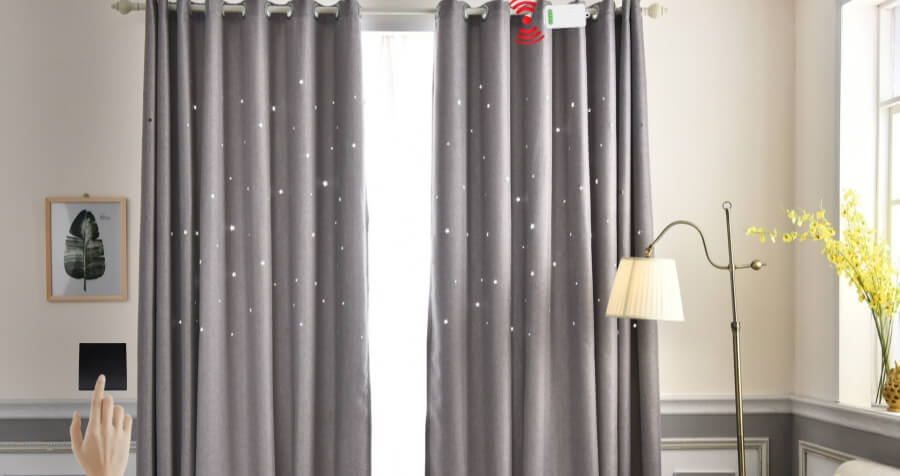
First of all, controlling lights and curtains through a wireless connection brings a higher level of intelligence to our lives. While traditional home devices often need to be controlled by physical switches or pulling wires, smart home systems connect these devices through wireless technology to achieve centralized control. Through mobile apps or voice assistants, we can easily adjust the brightness and color of the lights or control the opening and closing of the curtains without the need to physically reach the device location. This highly intelligent control not only makes the home environment more flexible and versatile but also brings more convenience to our lives.
Secondly, controlling lights and curtains through wireless connections offers new possibilities for energy management. Smart home systems are usually equipped with sensors and timing functions that can automatically adjust the operation of lights and curtains according to ambient light and time settings. This means we can utilize natural light more efficiently and reduce unnecessary energy consumption. Remote control can also be used to ensure that lights and curtains are turned off when we leave the house, further reducing wasted electricity. Through this intelligent approach to energy management, we can pursue comfortable living while utilizing resources in a more environmentally friendly and sustainable manner.
In addition, controlling lights and curtains through wireless connectivity provides a more comprehensive guarantee for home security. The smart home system can monitor and control through networking to know the situation at home in real-time. When we are not at home, we can monitor the status of lights and curtains anytime and anywhere through mobile applications, simulating our life trajectory at home and improving home security. In case of emergency, the system can also be linked with security equipment, timely alarms, or take appropriate measures to effectively prevent potential security risks.
However, despite the numerous conveniences and innovations brought about by controlling lights and curtains through wireless connectivity, we should also be concerned about some potential problems and challenges. First, smart home systems require good network stability to ensure smooth communication between devices. Second, with the increasing number of smart home devices, data privacy and security issues become particularly important. We need to secure personal information and guard against potential hacking and data leakage. In addition, several technical standardization and device compatibility issues need to be faced to ensure that smart home devices from different vendors can seamlessly connect and work together.
In summary, the new experience of controlling lights and curtains through wireless connection not only brings a higher level of intelligence to our home life but also provides a more comprehensive solution in energy management and home security. However, while we are enjoying the convenience brought by smart homes, we also need to be alert to some potential problems and continue to improve the relevant regulations and standards along with the development of technology. Only with the joint promotion of science and technology and humanities, a smart home can become an assistant in our lives and create a more comfortable and safe home environment for us.

 CN
CN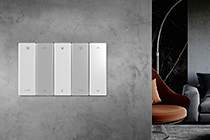
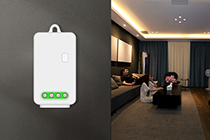

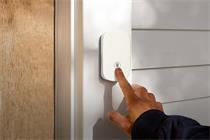





 Home
Home DFM
DFM  Jan 10,2024
Jan 10,2024 
 Wireless Control Switch Setup and Use Guide
Wireless Control Switch Setup and Use Guide 
 Jan 06,2024
Jan 06,2024 
